Looking to be amazed by colorful animals? You’re in the right place! In this post, we’ll show you the dazzling colors of mammals, amphibians, reptiles, birds, insects, fish, and more!
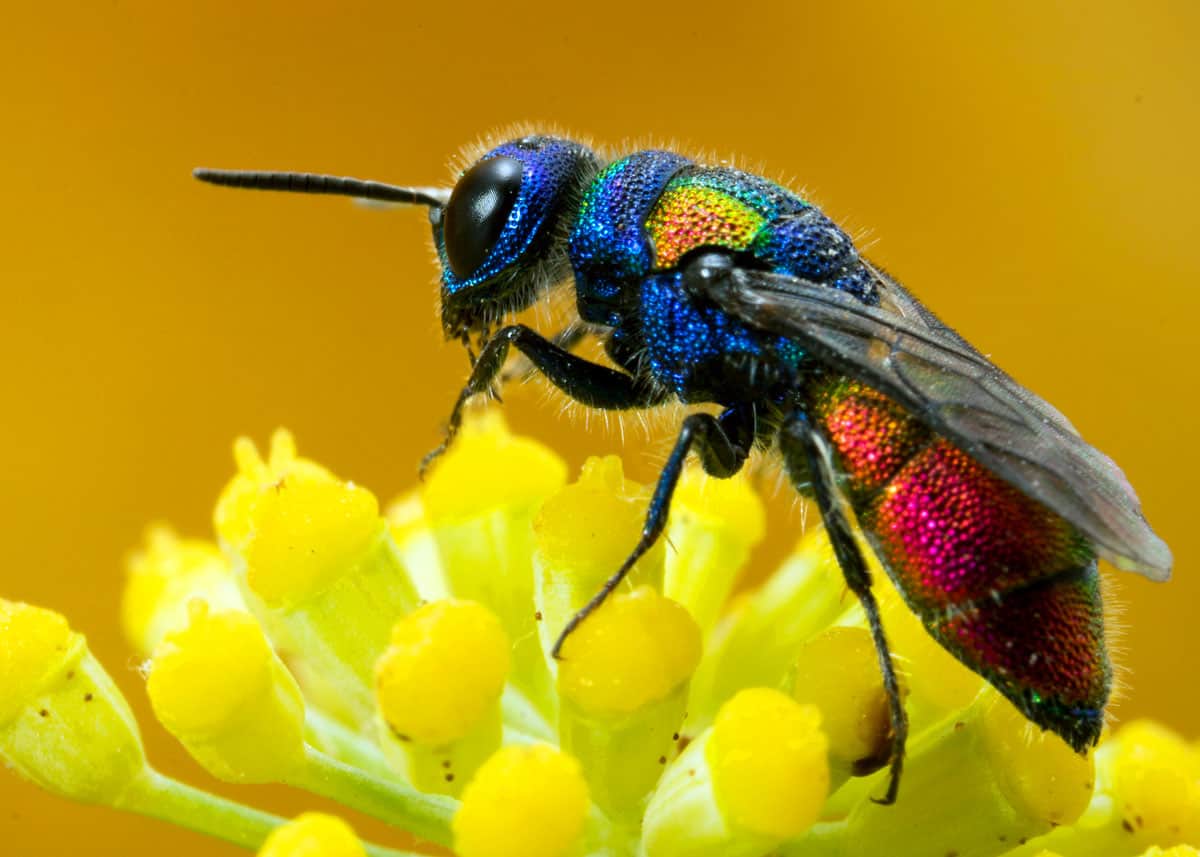
Table of Contents
35 Fantastically Colorful Animals
Some of the most colorful animals in the world are also among the most beautiful. We encounter natural beauty all around us, no matter where we live.
Whether we live in the tropics and are graced by hundreds of brightly colored wildlife, or we live in a city and appreciate the iridescent colors of pigeons, we all love the bright and flashy.
Without further ado, here are some of the most colorful animals!
Most Colorful Mammals
While mammals may not be the first thing that comes to mind when we think “colorful animals,” they do exist.
Some of these animals look so cute that you might dream of hugging them.
I’ll go over some of the details about some of these colorful and adorable animals in this section.
1. Mandrill
- Latin name: Mandrillus sphinx
- Unique feature: Colorful butt and red and white marks on its nose
- Where they’re from: Around the equator in Africa
- Size: Males: 21 to 26 inches and 42 to 82 pounds; Females: 18 to 20 inches and 22 to 32 pounds
- Diet: Roots, small animals, and some fruits
The mandrill is easily one of the most colorful mammals found in the world today.
Though they only live around the equator in Africa, many zoos are also home to mandrills today too, including the Gladys Porter Zoo in Texas.
Mandrills live in groups with other primates and can have as many as 200 that they view as members of their family.
The mandrill has sharp teeth that it will often flash as a way to warn off other animals, but it can also show its teeth as a sign of friendliness around humans and other animals.
2. Red panda
- Latin name: Ailurus fulgens
- Unique feature: Red/white mask markings on its face
- Where they’re found: Parts of Asia, including China, Burma, Tibet and India
- Size: Up to 2 feet, 6.6 to 14 pounds
- Diet: Bamboo and fruits, including bananas and grapes
The red panda is one of the cutest animals in the world.
Sanrio, the company behind Hello Kitty, even based one of its female characters on the animal and developed an animated series around her.
Red pandas usually live alone in the wild and in breeding pairs when held in captivity.
Zoos and other centers breed pandas because they are on the endangered list.
Other than some aspects of their appearance and their diet, red pandas really don’t have much in common with black and white pandas.
They have red and white markings on their faces that look like little masks. Their hides typically use the same red color, but they also have black, white, and dark brown markings on their lower bodies.
3. Golden snub-nosed monkey
- Latin name: Rhinopithecus roxellana
- Unique feature: Bright white and cream marks on their faces and around their privates
- Where they’re found: Southwest and Central China
- Size: Roughly 2 feet or more, Between 28 and 32 pounds
- Diet: Fruits, leaves, seeds, flowers, herbs, bark
The bright white and cream marks on the faces of golden snub-nosed monkeys make it look as if they have a snubbed nose.
Only found in parts of central and southwest China, the monkeys now live in some zoos because experts want to help raise their population numbers.
These monkeys feed on fruits and other items found in nature, including seeds and flowers.
They’ll also strip the bark off trees and eat that.
Groups of the monkeys can move together if they feel threatened or if they cannot find food.
Golden snub-nosed monkeys live in small groups or families that are part of a larger group. They often have white marks on their genitals that match the marks on their faces.
4. Sloths
- Latin name: Bradypus variegatus
- Unique feature: White markings on their faces and possibly some green fur
- Where they’re found: Central America and South America
- Size: 16 to 31 inches, 5 to 22 pounds – depending on the species
- Diet: Herbivore
“As slow as a sloth” is a term that you might hear people throw around. The reason for this term is because the sloth is easily one of the slowest mammals in the animal kingdom.
Sloths are pretty much an ecosystem unto themselves. You might notice that their fur appears green or that you see actual patches of moss growing on their backs.
There is even a species of moth that only lives on sloths!
Other distinguishing characteristics of sloths include long and sharp claws and white marks around their faces.
Their claws help them hold onto trees and other items in nature.
Sloths move slowly as a way to avoid their natural predators. It’s often difficult for other animals to even see them in the wild.
Radiantly Colorful Reptiles & Amphibians
Colorful animals also include a variety of reptiles and amphibians. Some of these animals are small and harmless.
You can safely keep one in your home as a pet and even let your kids take those pets into school for show and tell.
Other animals are potentially dangerous, though, and can cause harm to humans as well as many other animals.
Some of these reptiles have colorful scales that help them blend into bright environments and surroundings.
Some of them use their colors as a way of saying “Stay away! I’m dangerous!”
You can find out more about the most colorful amphibians and reptiles in the world with the facts we’ve collected.
5. Blue dart frog
- Latin name: Dendrobates azureus
- Unique feature: Bright blue colors across its body
- Where they’re found: Surinam, South America
- Size: 1 to 1.5 inches, 3/10 of an ounce
- Diet: Insects and bugs, including mites, ants, and caterpillars
The blue dart frog is a favorite animal among those who love the color blue.
Not only does it have two or more shades of blue on its body, but it also has blue spots and some black spots that stand out too.
Most frogs have lighter shades of blue on their heads and faces with darker shades of blue on their legs.
The bright color stands out in the wild and lets other animals know that they shouldn’t eat the frogs (because they are poisonous).
They have skin that feels sticky to the touch, and that skin helps tadpoles stay with their mothers until they reach maturity.
Though the frogs only live for around six years or less in the wild, they can live for more than a decade in captivity.
6. Panther chameleon
- Latin name: Furcifer pardalis
- Unique feature: Spotted patches in bright colors on its head and body
- Where they’re found: Northern and eastern Madagascar
- Size: 6.7 to 7.9 inches, 60 to 180 grams
- Diet: Insects, including stick bugs, silkworms, and wax worms
You might stumble across the panther chameleon in the wild and not even know it because this reptile blends into the surrounding environment.
It can change colors to reflect any shade in the environment around it and help it avoid predators.
The panther chameleon gets its name from the spots along its hide, which form thick strips that look similar to markings found on panthers and leopards.
Panther chameleons have five toes on each foot that they use to grip onto tree branches and other surfaces.
They can hang from those surfaces in different ways to further help them blend into the landscape. It can exhibit a range of colors, including red and green.
7. Emerald tree boa
- Latin name: Corallus caninus
- Unique feature: Emerald green scales with a solid white line moving down its back
- Where they’re found: South America
- Size: 4 to 8 feet, 800 to 1,500 grams
- Diet: Carnivore
Found in parts of South America, the emerald tree boa lives in rain forests.
It has scales in bright and bold shades of emerald green, though the color is usually darker on its back and lighter along its belly.
The snake also has a wide white stripe that runs down its body with white scales extending out from that stripe.
This is one of the few wild snakes that you can keep in your home, though you need an enclosure of at least 36 cubic inches in size.
These snakes are carnivores that typically eat mice and other small animals in the wild. You can feed these colorful snakes the same foods in your home.
8. Blue racer
- Latin name: Coluber constrictor foxi
- Unique feature: Gray scales with a slightly green/blue hue
- Where they’re found: Midwest United States, including Ohio, Kentucky, Illinois, and South Dakota
- Size: 9 to 17 inches, 1 to 2 pounds or more
- Diet: Insects, rodents and small animals
One of the most colorful animals found in Ohio and other parts of the Midwest is the blue racer.
Named for its scales, which are gray and have a slightly green/blue hue, most experts no longer identify it as a distinct species.
The racer bred and mixed with the black racer to create a hybrid species that includes characteristics of both types of snakes.
You may see some in the wild that have both blue and black markings on its body.
Blue racers can reach a top speed in the wild of 10 miles per hour, though most move at speeds of around 7 to 8 miles per hour.
9. California red-sided garter snake
- Latin name: Thamnophis sirtalis infernalis
- Unique feature: Three yellow stripes with orange or red bars between those stripes
- Where they’re found: North America, especially California
- Size: 18 to 55 inches, 5.3 ounces
- Diet: Insects, eggs, small animals
The California red-sided garter snake is a type found in California and other parts of the United States as well as in both Canada and Mexico.
An easy way to identify this snake is with a look at its body. It has three yellow stripes that run the length of its body with smaller stripes of red or orange in between the yellow markings.
It uses both its eyes and sense of smell to identify prey in the wild and feeds on small animals such as mice. The snake also consumes eggs and insects.
Though this snake’s venomous saliva can cause inflammation and itching in humans, it can kill frogs and other small animals.
10. Rainbow boa
- Latin name: Epicrates cenchria
- Unique feature: Iridescent scales in bright shades of red and orange
- Where they’re found: Central America, South America
- Size: 5 to 6 feet, 7 to 9 pounds
- Diet: Carnivore
The rainbow boa is a species of snake found in Argentina and both Central America and South America.
It goes by different names depending on where it lives, including the Brazilian rainbow boa, which lives in Brazil.
Both in the wild and in captivity, they can live for more than 20 years. Some females can even continue reproducing up through the age of 24.
Rainbow boas get their name because of the bright and colorful red and orange scales on their bodies.
These scales have an iridescent sheen that picks up and reflects the light to create a rainbow effect on their bodies.
With proper care, you can keep one of these boas in your home.
11. Prairie ringneck snake
- Latin name: Diadophis punctactus arnyi
- Unique feature: Orange stripes around its face and down its belly
- Where they’re found: North America
- Size: 5 to 10 inches, 1.3 grams
- Diet: Salamanders, snakes, frogs, and earthworms
The prairie ringneck snake is one of the few types that call North America home.
It lives in the Coastal Plains and in parts of the southern United States, including South Carolina and Florida.
Called a ringneck because of the orange ring that wraps around its neck, it also has a long orange line that runs from the edge of its head to its base.
The black scales found on its back and sides help the orange color really stand out.
Depending on the food that it eats, those orange areas can appear lighter or brighter. When first born, the ringneck snake is small enough that it can fit into the palm of your hand.
12. Poison dart frog
- Latin name: Dendrobatidae
- Unique feature: Bright patches of colors that can include red, orange and yellow
- Where they’re found: South America and Central America
- Size: 2.2 inches or longer, Up to 2.4 centimeters
- Diet: Insects, including termites, spiders, and ants
The poison dart frog is a colorful frog found in Central America and South America that often features shades of orange, yellow, blue and red.
Experts believe that those colors help warn predators that they shouldn’t attack or eat the frogs.
They have long tongues that they use to strike down prey.
Sticky patches keep insects stuck to the tongue until the frog digests its food.
A single poison dart frog produces enough poison to kill up to 20,000 small animals over the course of its life.
Humans used the poison produced by the frogs, which they extracted and spread onto arrows, and darts of course.
13. Agama lizards
- Latin name: Agama lionotus
- Unique feature: Bright orange patches on its head (males) or body (female)
- Where they’re found: Sub-Saharan Africa
- Size: 5 inches to 1 foot, up to several pounds
- Diet: Insects, including spiders and crickets and some types of seeds and fruits
Found in parts of Sub-Saharan Africa, the Agama is a type of lizard known for the bright orange patches that it has.
Males usually have this patch on their heads and have bodies that feature bright shades of blue. Females have gray or brown bodies with a bright orange patch on one or both sides.
They can also have stripes in one of these colors running down one side of their bodies. Males often have a yellow tail too.
Though the lizard calls Africa home, the lizard trade led to owners in Florida introducing the lizard to the wild. It now lives in the wild in various parts of that state.
14. Common collared lizard (aka Eastern collared lizard)
- Latin name: Crotaphytus collaris
- Unique feature: Orange and black stripes on its neck that look like a collar
- Where they’re found: Arizona, particularly around the Great Basin
- Size: 8 to 15 inches, Up to 1 pound
- Diet: Crickets, grasshoppers, small birds, and other animals
The Great Basin area in Arizona is home to the common collared lizard, also known as the eastern collared lizard.
Its name comes from the colorful markings around its neck, which look like a small collar.
The lizard has orange and black stripes that wrap around its neck, though the orange can look like a deep shade of red or a bright shade of yellow.
Other markings include small spots in the same color and a soft white shade along its back. The dots and spots on its back can also appear blue, green or dark gray.
Though the common collard lizard often eats insects, it can also eat small rodents and animals, including mice and pet cats.
Brightly Colored Bugs, Insects, & Arachnids
Colorful animals can also include different bugs and insects.
You might remember elementary and junior high school assignments where your teachers asked you to collect and save bugs that you caught in your yard.
Most of the bugs found in the United States have a plain look and use shades of green and brown.
Some of the more colorful insects and arachnids use much brighter colors that warn predators to stay away.
Those colors can also help them blend into any area. We found the most brightly colored bugs, insects, and arachnids that you might find in your yard or while you’re on vacation.
15. Blue Morpho
- Latin name: Morpho peleides
- Unique feature: Bright blue areas on its wings and white spots on the edges
- Where they’re found: Central America and South America
- Size: 5 to 8-inch wingspan, several grams
- Diet: Rotten fruits, mud, and other liquids
One of the most beautiful butterflies in the world is the Blue Morpho. The butterfly often eats mud found in puddles and will use its mouth to get nourishment from rotten fruits.
The insect has two hind and fore wings and two antennas that are clubbed.
You can easily spot these butterflies in the wild because they have a black line that runs along their bodies and white spots dotting that line. They also have bright blue areas on each wing.
The biggest threat to Blue Morpho is the deforestation of their natural habitats.
16. Cuckoo wasp
- Latin name: Chrysididae
- Unique feature: Metallic spots on its body
- Where they’re found: North America and Mexico
- Size: 0.5 inches, several grams
- Diet: Flower nectar
Found in parts of North America and Mexico, the cuckoo wasp is one of the only insects found in equal numbers across the United States.
As bees and other wasps do, it primarily survives off the nectar that it extracts from flowers.
The cuckoo wasp is colorful because of the metallic elements found on its body.
Shades of blue and green seem to shine and shimmer in the sunlight and can change as the light changes.
One reason the insect is dangerous is that it lays eggs in the habitats of other insects. When the wasp hatches and grows, it will consume any of the food in the area.
17. Sunset Moth
- Latin name: Chrysiridia rhipheus
- Unique feature: Green patches on its upper wings and orange patches on its lower wings
- Where they’re found: Madagascar
- Size: 2.8 to 3.5-inch wingspan, several grams
- Diet: Plant and leaf nectar
Though the sunset moth feeds off white flowers, it has brighter colors on its body. The colors that it exhibits include those found in a gorgeous sunset.
When first located, experts thought that it was from China because it was similar to moths from that country, but we now know that it came from Madagascar.
The moth has large wings with shades of green and black along the top and orange and yellow along the bottom.
Those colors can appear iridescent or metallic in certain lights. Small scales that sit on top of its wings are what gives it those colors.
18. Cobalt blue tarantula
- Latin name: Cyriopagopus lividus
- Unique feature: Bright blue hair
- Where they’re found: Tropical regions in Asia
- Size: 5 inches, 3 ounces
- Diet: Insects such as crickets
Like other tarantulas, the cobalt blue tarantula looks black on first glance, but if you look closer, you’ll notice that the hairs on their legs are actually a rich shade of blue. They may have some orange markings on their backs too.
You should exercise caution around the arachnid because of the venom it produces, which can cause quite a bit of pain and some inflammation. The bite is usually not deadly though.
If you want to keep a cobalt blue tarantula, you need a heating pad that fits under the terrarium and a tank of at least 10 gallons in size.
19. Peacock spiders
- Latin name: Maratus
- Unique feature: Bright colors on their bodies, including orange and blue
- Where they’re found: Australia and China
- Size: 0.3 inches, less than 5 grams
- Diet: Insects, including crickets and other spiders
Peacock spiders are very small in size and do not measure more than 0.3 inches from end to end. Most do not weigh more than a few grams either.
The Sparklemuffin is one of the more unique types of peacock spiders. How great a name is that?
They have bodies with stripes and other designs in red and blue with iridescent orange and blue spots on their faces.
Watch on NatGeoKids
There are many types of peacock spiders not yet identified, though you can see some great examples of these spiders online.
There have also been a number of parodies made of the peacock spider’s dance, which I think are genius:
Let me know in the comments if you agree this is one of the coolest spiders around!!
20. Dogbane Leaf Beetle
- Latin name: Chrysochus auratus
- Unique feature: Iridescent shell that looks green or orange in different lights
- Where they’re found: Eastern region of and to the Rocky Mountains
- Size: 8 to 11 millimeters, less than one ounce
- Diet: Hemp and other plants
Depending on the light and where you view this beetle, it may appear blue, green or orange. It has an iridescent shell that changes color in different types of light.
Found in parts of North America, it usually lives to the east of the Rocky Mountain where the climate is cooler. The beetle survives thanks to the type of odor that it produces.
When the beetle identifies a predator, it emits a foul odor that turns off predators.
The dogbane leaf beetle commonly lives in parts of Illinois and survives on grass and other vegetation that grows wild on the prairies.
21. Idalus Herois
- Latin name: Idalus Herois
- Unique feature: Bright orange round spots on its back
- Where they’re found: Brazil, Venezuela, Mexico
- Size: Less than 1 inch, less than 1 gram
- Diet: Vegetation
Experts do not know much about the Idalus Herois except that William Schaus first identified the species in 1889.
Some call this a tiger moth because it has markings that resemble the classic look of a circus clown.
Those markings include orange spots on the bottom tips of its wings and orange circles closer to its head. You will also see small black stripes that connect some of the red spots to those orange areas.
This type of moth primarily lives off the vegetation found in its native habitats, which include parts of Mexico, Brazil, and Venezuela.
Colorful Birds
It’s impossible to think about the most colorful animals in the world without thinking about the colorful birds that are out there.
Those birds can include the macaws that you can keep as pets and some of the exotic birds that live in the wild.
Wild birds survive off vegetation and can also eat small animals that get in their way.
I’ll tell you more about some of the most colorful birds around, including exotic breeds and those that are suitable for keeping as pets.
22. Lilac-breasted roller
- Latin name: Coracias caudatus
- Unique feature: Soft purple feathers around its breast
- Where they’re found: Sub-Saharan Africa
- Size: 14.5 inches, Up to 4 ounces
- Diet: Insects and small amphibians and rodents
The lilac-breasted roller is a bird that gets its name from the pale purple area around its breast.
Those purple feathers contrast with the green feathers on its head and tail and the blue feathers on its stomach and back.
The name roller comes from the movements that the bird makes while in the area. It can spin in circles on its back and make other movements that appear as if the bird knows tricks.
Lilac-breasted rollers can be a nuisance in the wild though because they will sometimes lay eggs in the nests of other birds and take over those nests.
23. Scarlet Macaw
- Latin name: Ara macao
- Unique feature: Stripes of feathers in a rainbow pattern
- Where they’re found: Central America and South America
- Size: 2.9 feet, 2.3 pounds
- Diet: Berries, seeds, nuts, and leaves
When most people think of colorful birds, they immediately think of the scarlet macaw. This bird has colorful feathers arranged in a way that creates a rainbow effect.
Though they have scarlet feathers along their heads and crowns, they also have groups of yellow, blue and green feathers on their backs.
The scarlet macaw also has a hooked beak that helps it break open nuts to get the meat inside. That beak also helps them open berries to get to the soft fruit inside.
Experts found that these birds eat more than 120 different species of plants in the wild.
24. Oriental Dwarf Kingfisher
- Latin name: Ceyx erithaca
- Unique feature: Rainbow markings around its head and body
- Where they’re found: Southeast Asia
- Size: 5 inches, Up to 15 grams
- Diet: Frogs, lizards, and insects
The oriental dwarf kingfisher is a type of bird that belongs to the kingfisher breed.
It lives in parts of southeast Asia and is one of the most popular birds in that area.
Also called a black-backed kingfisher, it has solid black feathers that allow its patches of yellow, blue and other bright colors to stand out.
This type of Kingfisher has breeding grounds in western Thailand and often returns back to those grounds each year during mating season.
Unlike the standard kingfisher that consumes fish, the oriental dwarf kingfisher usually eats bugs and small amphibians and reptiles, including frogs and lizards.
25. Black-browed Barbet
- Latin name: Psilopogon oorti
- Unique feature: Blue and yellow markings on its face
- Where they’re found: Malaysia
- Size: 21 centimeters or more, 62 grams or more
- Diet: Fruit, some insects
Known for its adorable face, the black-browed Barbet is a bird that shares some characteristics with other wild birds that are native to Malaysia.
This is one of the smallest of the birds that are native to Malaysia.
First spotted in 1835, it has a black brow on its face that looks similar to the eyebrows that humans have.
That black helps the groups of feathers in shades of yellow and blue stand out.
Those colorful feathers are primarily on the bird’s face, and the rest of its feathers are bright green.
It often has yellow feathers on its throat and red feathers on its breast too.
26. Mandarin duck
- Latin name: Aix galericulata
- Unique feature: Bright red beak
- Where they’re found: Parts of Asia and Russia
- Size: 45 centimeters, 520 to 630 grams
- Diet: Seeds, plants, some insects and snails
First found in parts of the Far East, breeding programs helped the mandarin duck spread to other parts of the world.
It now lives in different areas of Russia and in some parts of Asia, including China and Korea.
The colorful look of the duck includes the bright red beak that it has and the bright green and blue feathers on its head. Stripes of white outline both sides of those feathers.
The mandarin duck also has some other unique features, including a combination of brown, black and white feathers on its sides that have a kaleidoscope effect.
27. Green-billed toucan
- Latin name: Ramphastos dicolorus
- Unique feature: Pale green beak
- Where they’re found: Atlantic Forest region
- Size: 16 to 18 inches, 12 ounces
- Diet: Fruits, eggs, insects, and lizards
Also called the red-breasted toucan, the green-billed toucan has a bright red breast with white feathers that outline that section and an area of yellow feathers.
Though you expect this toucan to have a bright green bill, its beak is actually a pale shade of green that really helps the brighter colors on its chest shine.
This is one of the largest and longest types of toucans and has a sense of humor.
When living in zoos and the wild, you may see the toucans tossing fruit back and forth. This serves as a fun game for them and helps them bond with each other.
28. Keel-billed toucan
- Latin name: Ramphastos sulfuratus
- Unique feature: Bright green bill with orange and red markings
- Where they’re found: Latin America
- Size: 17 to 22 inches, 14 ounces
- Diet: Fruits, insects, lizards, and eggs
Belize chose the keel-billed toucan as its national bird. Found throughout Latin America, it has a unique bill with a curved beak that helps it crack into eggs.
That bill is also bright green and has splotches of orange along the sides with a deep red color on the end.
Some birds have an orange line that runs from the side of its beak down to the end of its bill.
The keel-billed toucan typically survives on fruits and small lizards but will seek out other food sources as needed. It can eat insects and many small animals.
More Colorful Aquatic Critters
The next time that you go for a swim in the ocean, you may want to pay attention to the animals swimming by.
Those animals can include both small and large creatures that call the water home.
While some are dangerous such as the man-of-war, others are harmless and will actually interact with you. Some fish and other animals will swim so close that you can reach out and touch or pet them with one hand.
I gathered some info on the most colorful aquatic critters that you can check out before your next dive.
29. Mandarin dragonets
- Latin name: Synchiropus splendidus
- Unique feature: Bright blue and orange scales
- Where they’re found: Pacific Ocean
- Size: 6 to 7 centimeters
- Diet: Carnivore
As one of the most popular and colorful fish, the mandarin dragonet is a fish that lives in the Pacific Ocean off the coast of Australia.
First spotted in 1927, has a unique and colorful look that combines bright blue scales with other scales in shades of orange. Some fish also have spots of pink and black.
These fish are carnivores and feed off other small fish in the wild, though you can feed them small shrimp at home.
You usually can only keep one of these fish at a time. As they are aggressive, the small fish may not get enough food to survive.
30. Portuguese man-of-war
- Latin name: Physalia physalis
- Unique feature: Translucent body with pink and purple along the base
- Where they’re found: Pacific, Atlantic, and Indian Oceans
- Size: 12 inches long, 5 inches wide, tentacles of up to 165 feet
- Diet: Carnivore
As soon as you spot a Portuguese man-of-war in the water, you should immediately take steps to leave the area.
These marine creatures can cause serious injury to humans and injuries that lead to death.
A man-of-war actually consists of four different organisms that work together to create one large creature.
Some of the features that make this one of the most colorful animals include the patches of pink and purple along its bottom, which can also look blue.
Groups of 1,000 of these creatures or more can work together in groups as they move from one ocean to the next.
31. Bicolor parrotfish
- Latin name: Cetoscarus bicolor
- Unique feature: Bright pink tail
- Where they’re found: Red Sea
- Size: 35 inches
- Diet: Algae
The bicolor parrotfish is one of the species found only in the Red Sea, though a similar type of fish lives in other bodies of water.
Also called the bumphead parrotfish, it gets its name from the bright pink scales along its tale, which create the look of a large bump.
It also has a broad head with bright pink scales that move from its head to its tail. The iridescent scales found on this fish can also use shades of yellow and green.
Bicolor parrotfish also have an orange line running around the outside of its eye.
32. Peacock mantis shrimp
- Latin name: Odontodactylus scyllarus
- Unique feature: Bright green shell
- Where they’re found: Pacific Ocean
- Size: 2 to 7 inches
- Diet: Small sea creatures, including crabs and oysters
The peacock mantis shrimp gets its name from its coloring, which is similar to those found on peacocks.
It has a bright green shell in the same shade as a peacock feather. The white legs and underbelly found on the shrimp feature bright spots of colors, including red and orange.
Mantis shrimp are aggressive and predatory. When they build a home, they will attack any creatures who threaten them. It has long legs that it can use to attack too.
Those legs help it kill other animals that are much larger in size and keep the shrimp nourished.
33. Loch’s Chromodoris
- Latin name: Chromodoris lochi
- Unique feature: Black line that runs around its body in a circular pattern
- Where they’re found: Pacific Ocean
- Size: 4 centimeters
- Diet: Sponges
One of the only colorful aquatic creatures that feed off sea sponges is the Loch’s Chromodoris. It is a type of sea slug that has the same body style as the slugs in your garden.
The body is lightweight and flexible, which helps the slug twist and turn to fit into tight spaces as it searches for prey.
Black and white are just some of the colors found on this slug. It has a bright blue area that covers much of its body with a black outline that runs along the edges of those areas. Some areas of the Loch’s Chromodoris are translucent too.
34. Cephea jellyfish
- Latin name: Cephea Cephea
- Unique feature: Bright purple and blue translucent body
- Where they’re found: Pacific Ocean and Red Sea
- Size: 50 to 60 centimeters
- Diet: Coral reef and brine shrimp
Named for their bodies that look like crowns, the crown jellyfish is a venomous creature that is generally harmless to humans. It has a body that is slightly smaller at the top and wider at the bottom.
The body features shades of blue and purple and is translucent, which means that you can see almost entirely through the creature.
Known for eating foods near coral reefs, it also eats brine shrimp. Crown jellyfish survive in temperatures between 75 and 82 degrees Fahrenheit and will move across the ocean to find a warmer area of water.
35. Blue-ringed octopus
- Latin name: Hapalochlaena lunulata
- Unique feature: Bright blue rings around its tentacles
- Where they’re found: Pacific Ocean and Indian Ocean
- Size: 5 to 8 inches
- Diet: Shrimp, crab and some fish
Though the blue-ringed octopus has a gorgeous look, you should use caution when you encounter one.
This type of octopus has enough venom in its body to kill up to 26 fully grown men in a matter of minutes.
Exposure to its bites can cause nausea, paralysis, and blindness, but it can also make your lungs and heart stop working.
The blue-ringed octopus is quite beautiful and has small rings of bright blue around each tentacle with an outline of black.
Commonly found in both the Indian and Pacific Oceans, it has a horned beak that helps it break bones.
That’s all folks!
Whether you want to take a deep-sea diving trip on your next vacation or just find a new screensaver for your computer, you can take a look at some of the world’s most beautiful animals.
Which was your favorite? Have one I should add? Let me know in the comments!
Drew Haines is an animal enthusiast and travel writer. She loves to share her passion through her writing.
She graduated high school at sixteen and started her own business, Everywhere Wild Media. And she runs Everywhere Wild and JustBirding. She also guest blogs on Storyteller.Travel
She lived in Ecuador for 6 years and explored the Galapagos Islands. Currently based in N.S., Canada.

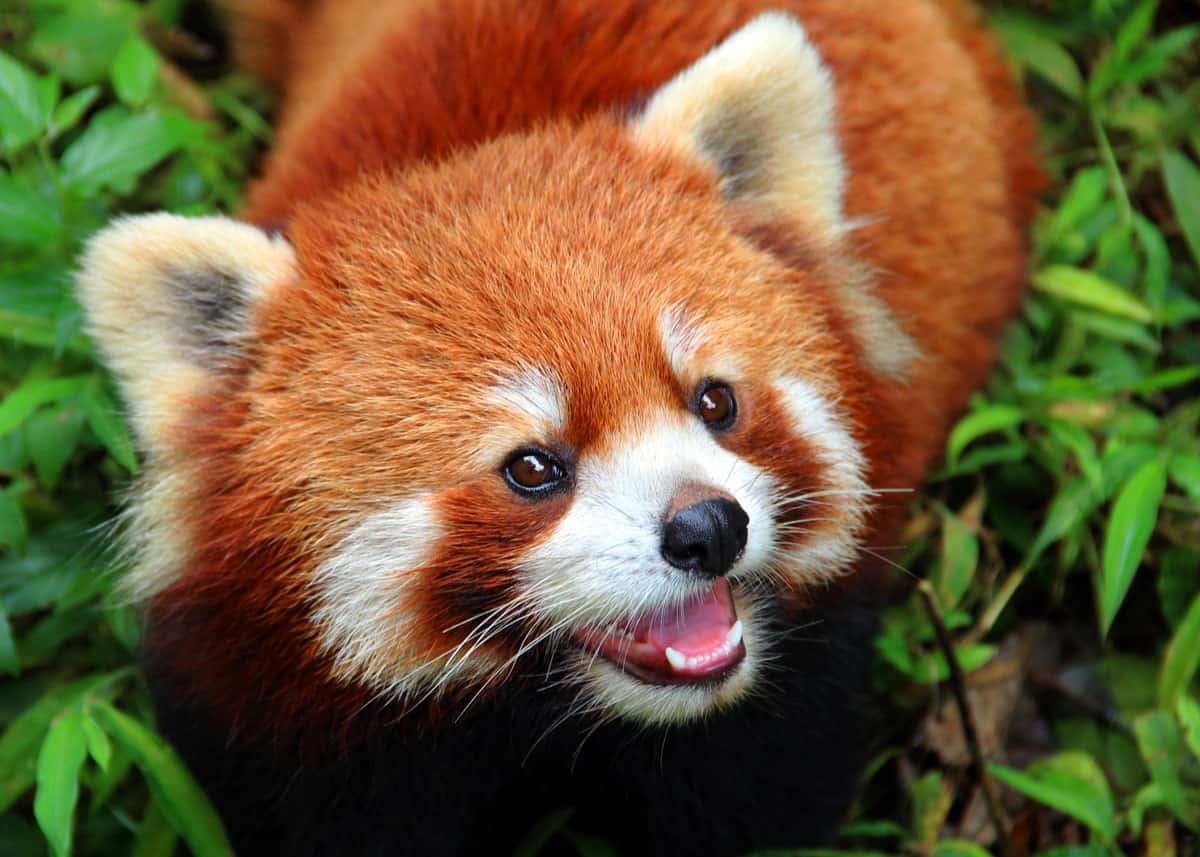
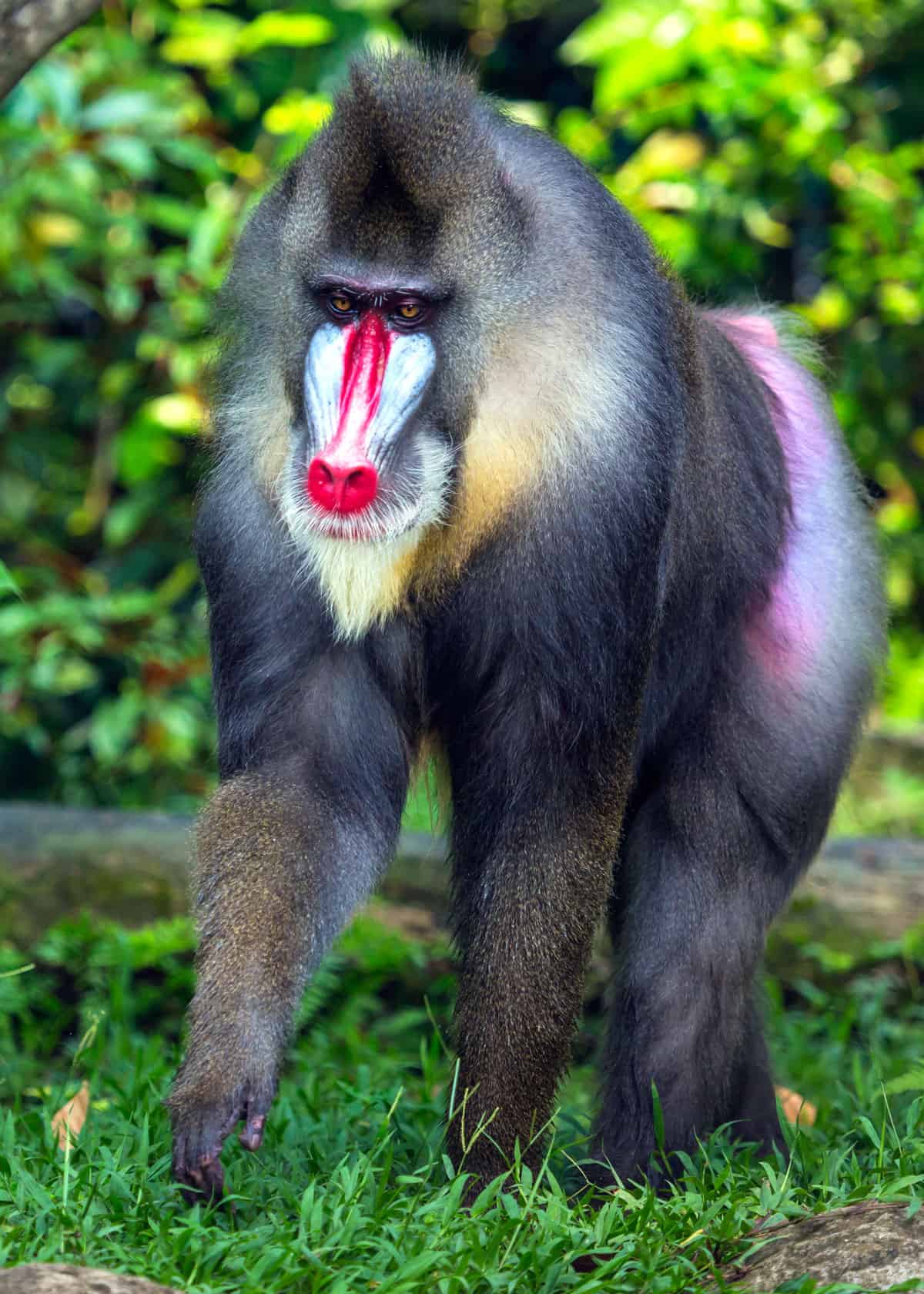
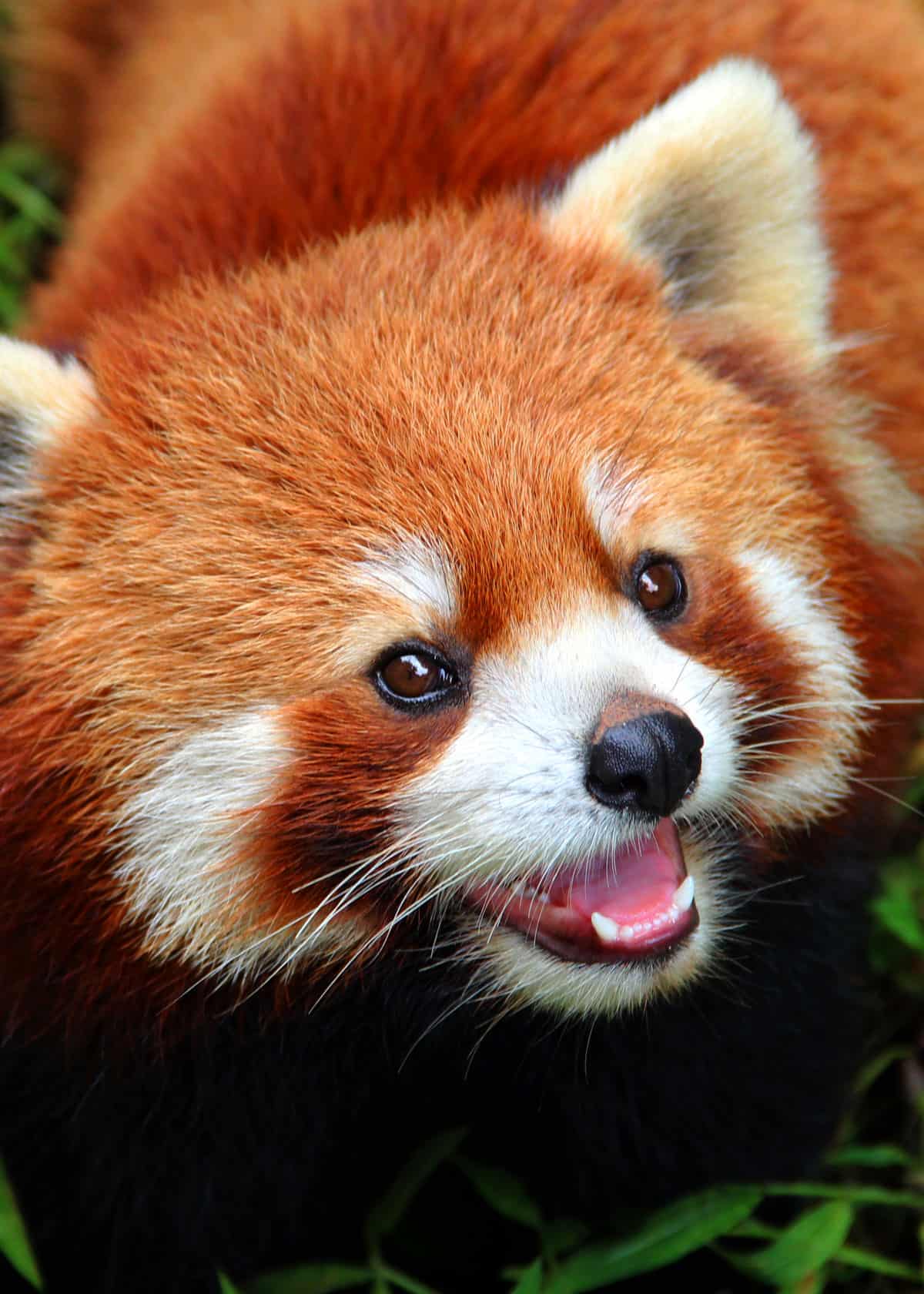
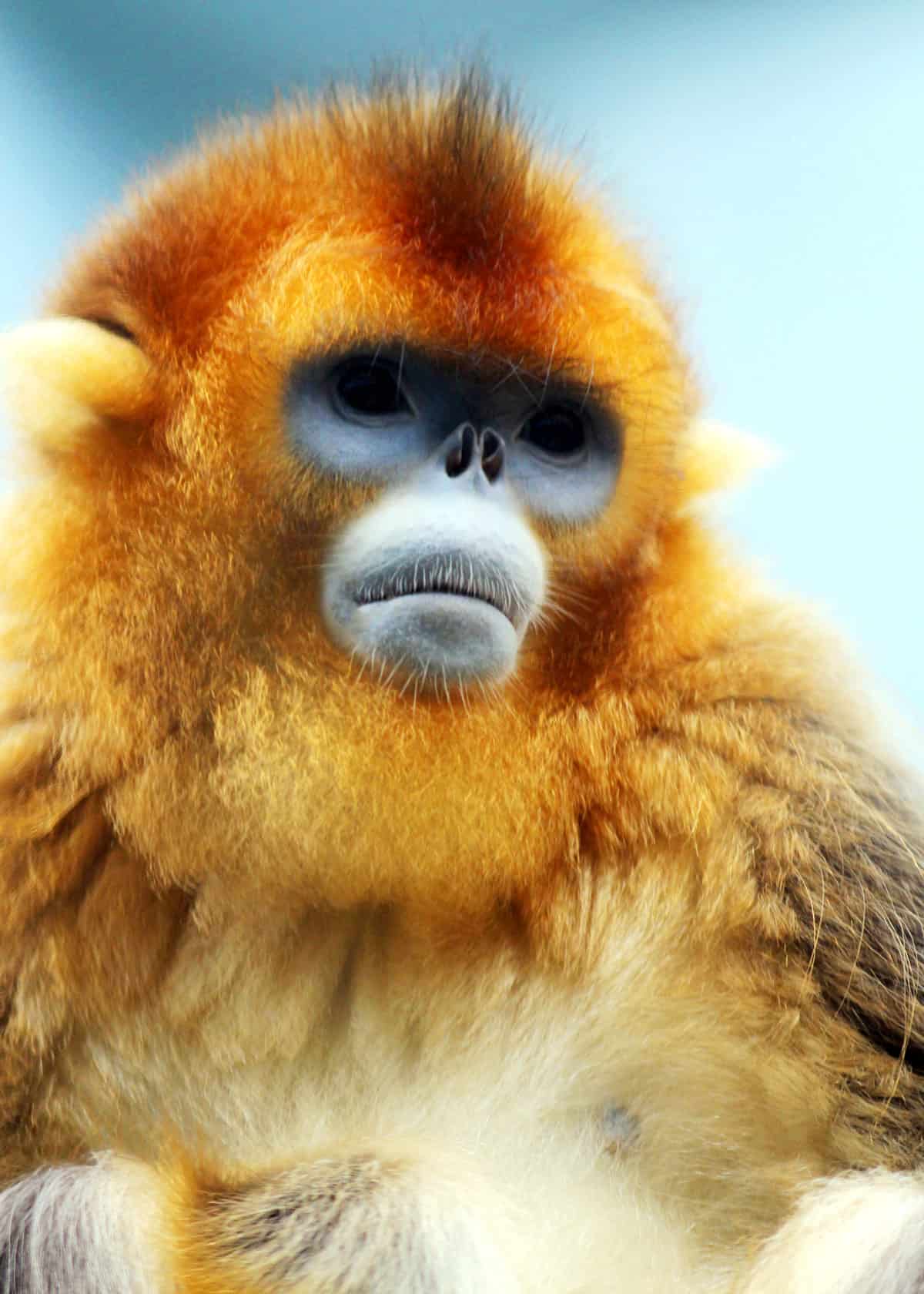

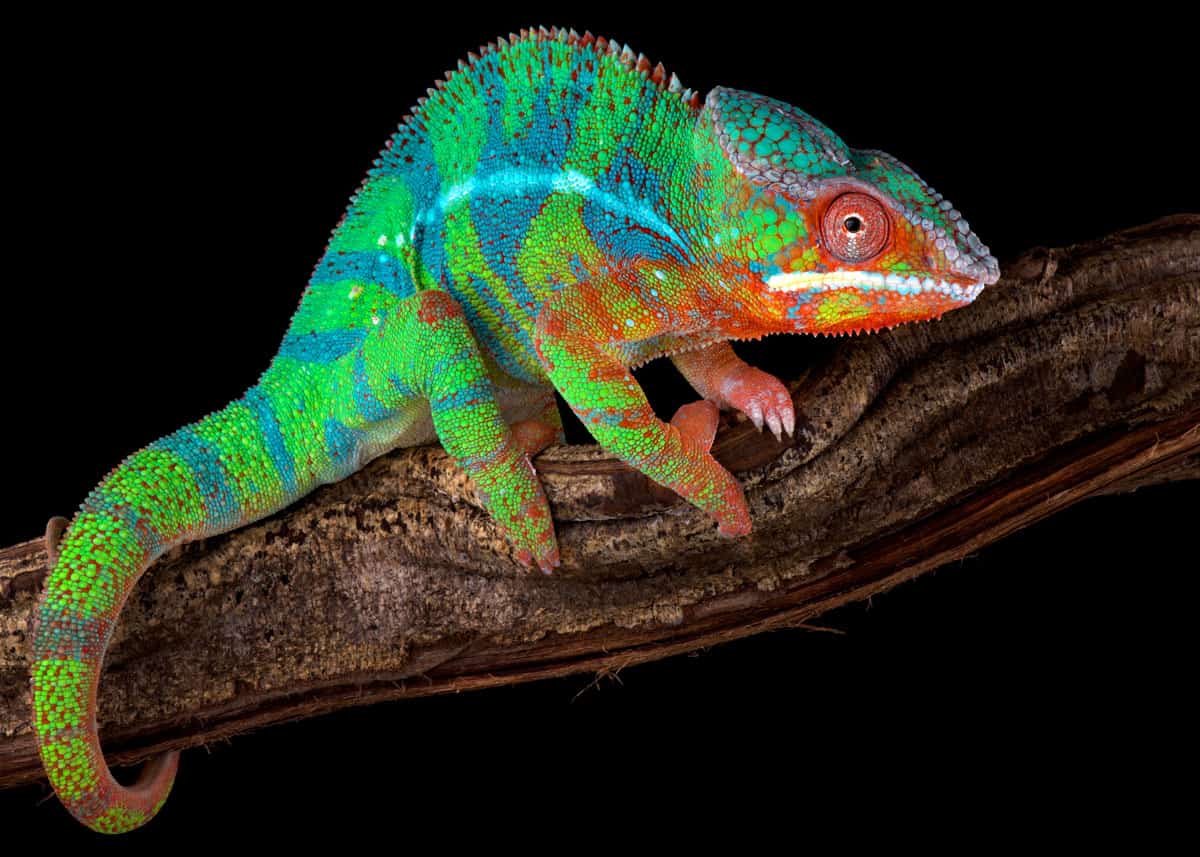
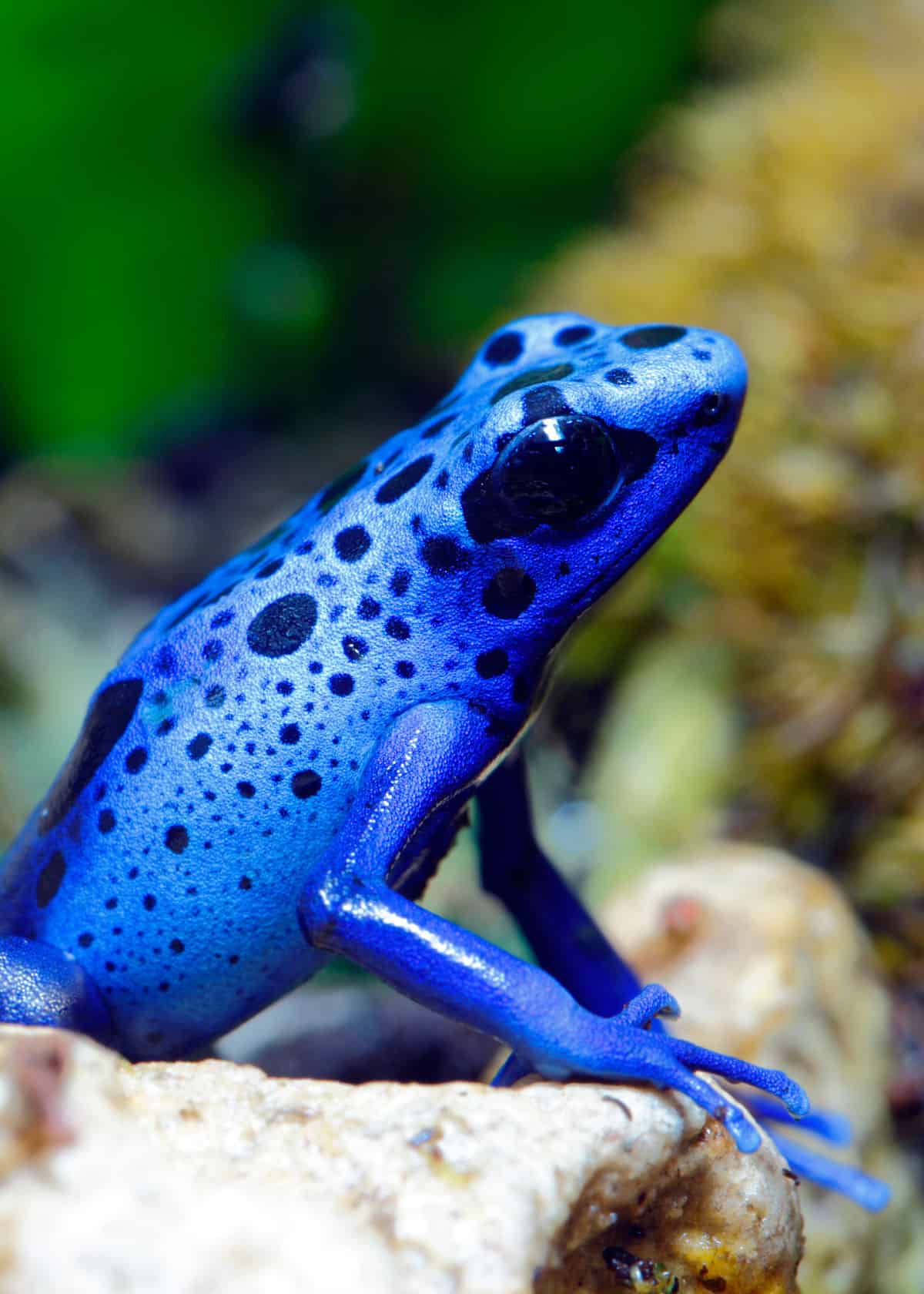


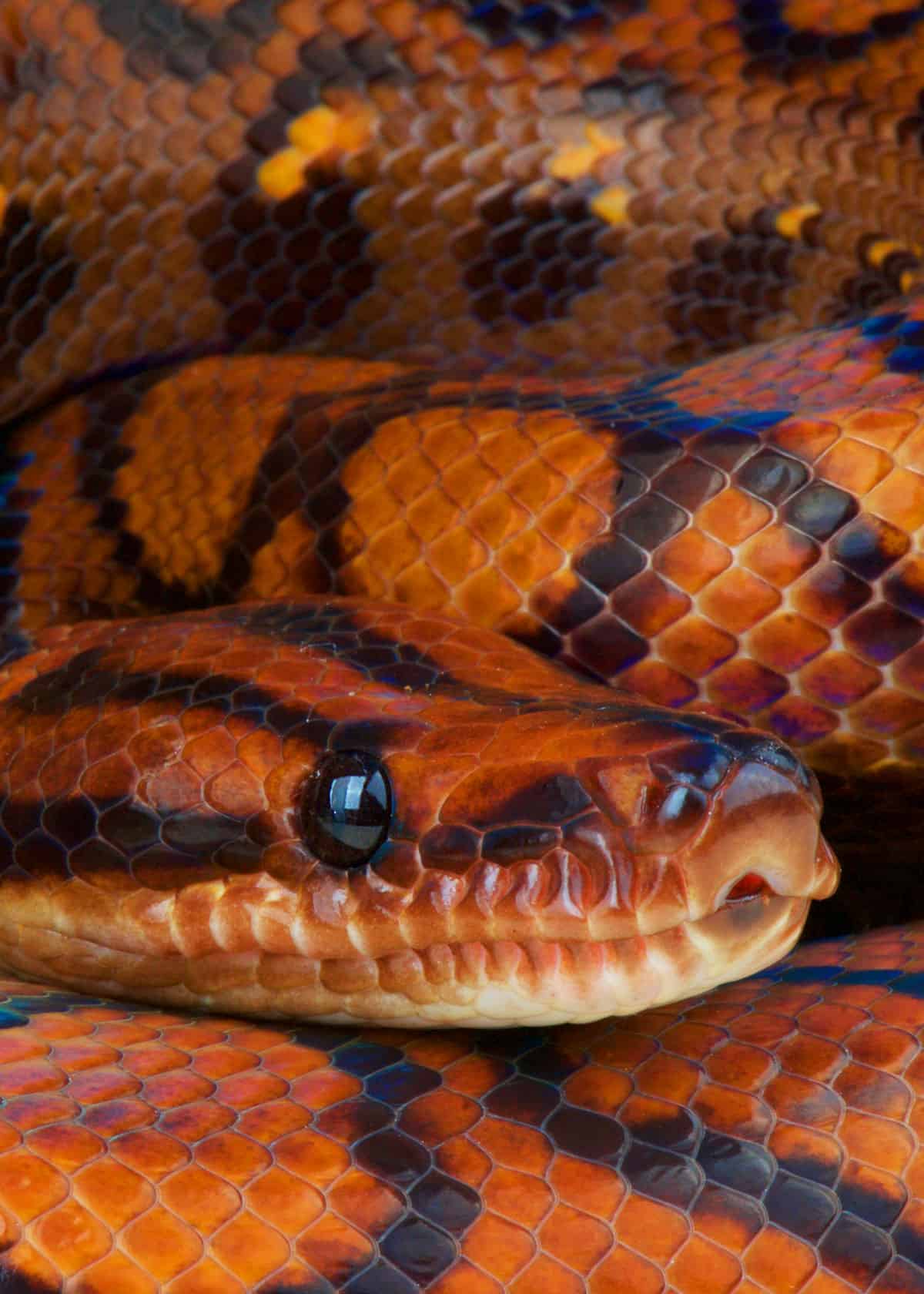
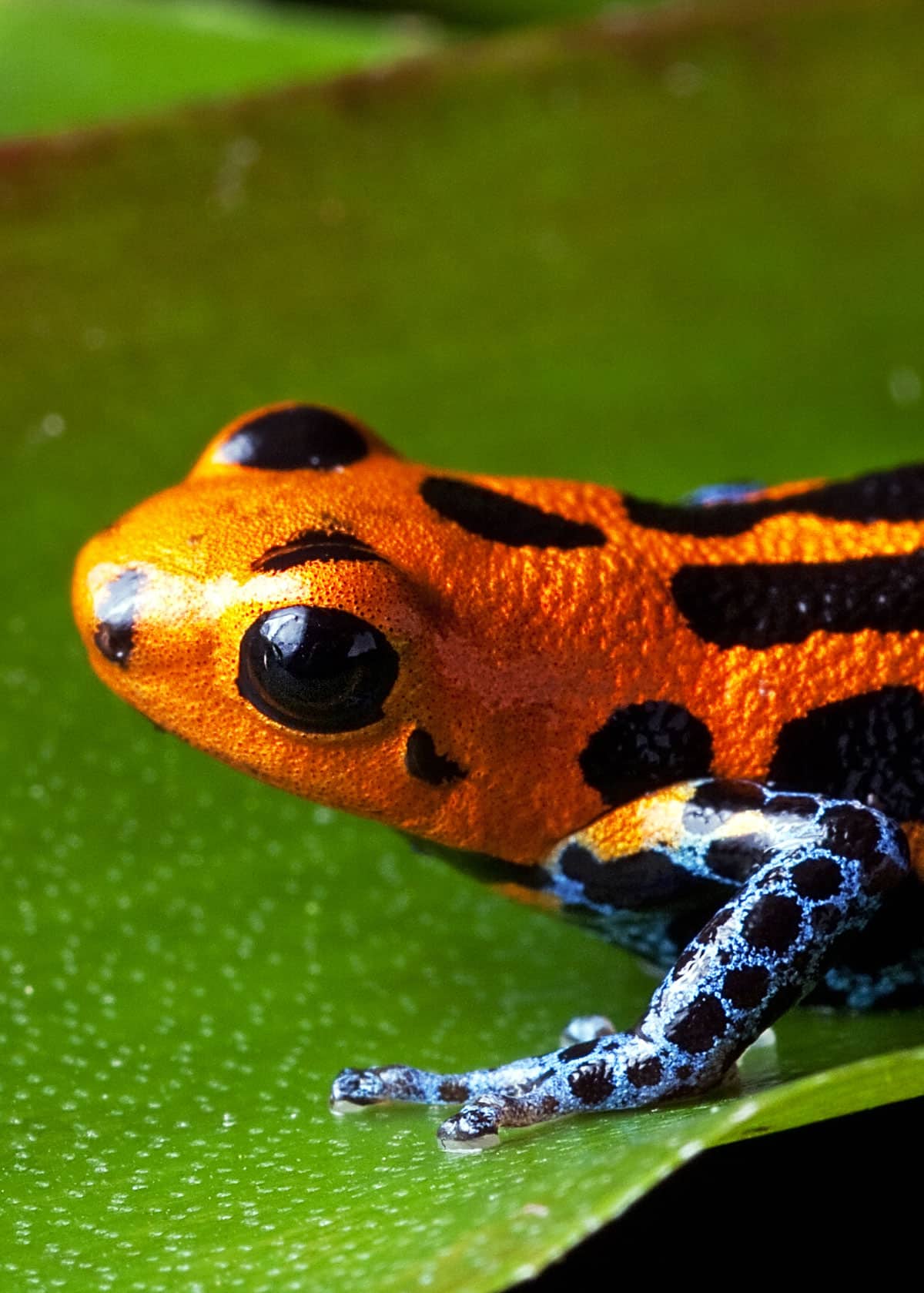

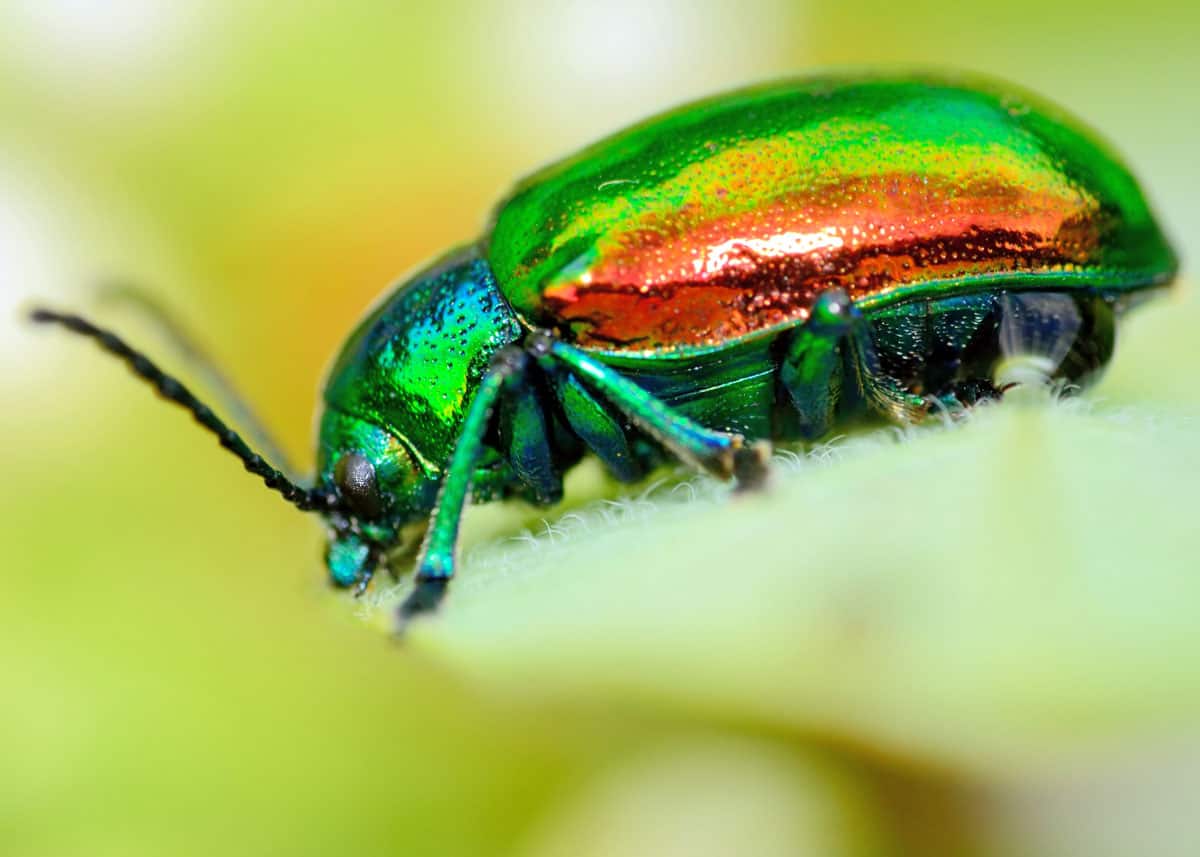
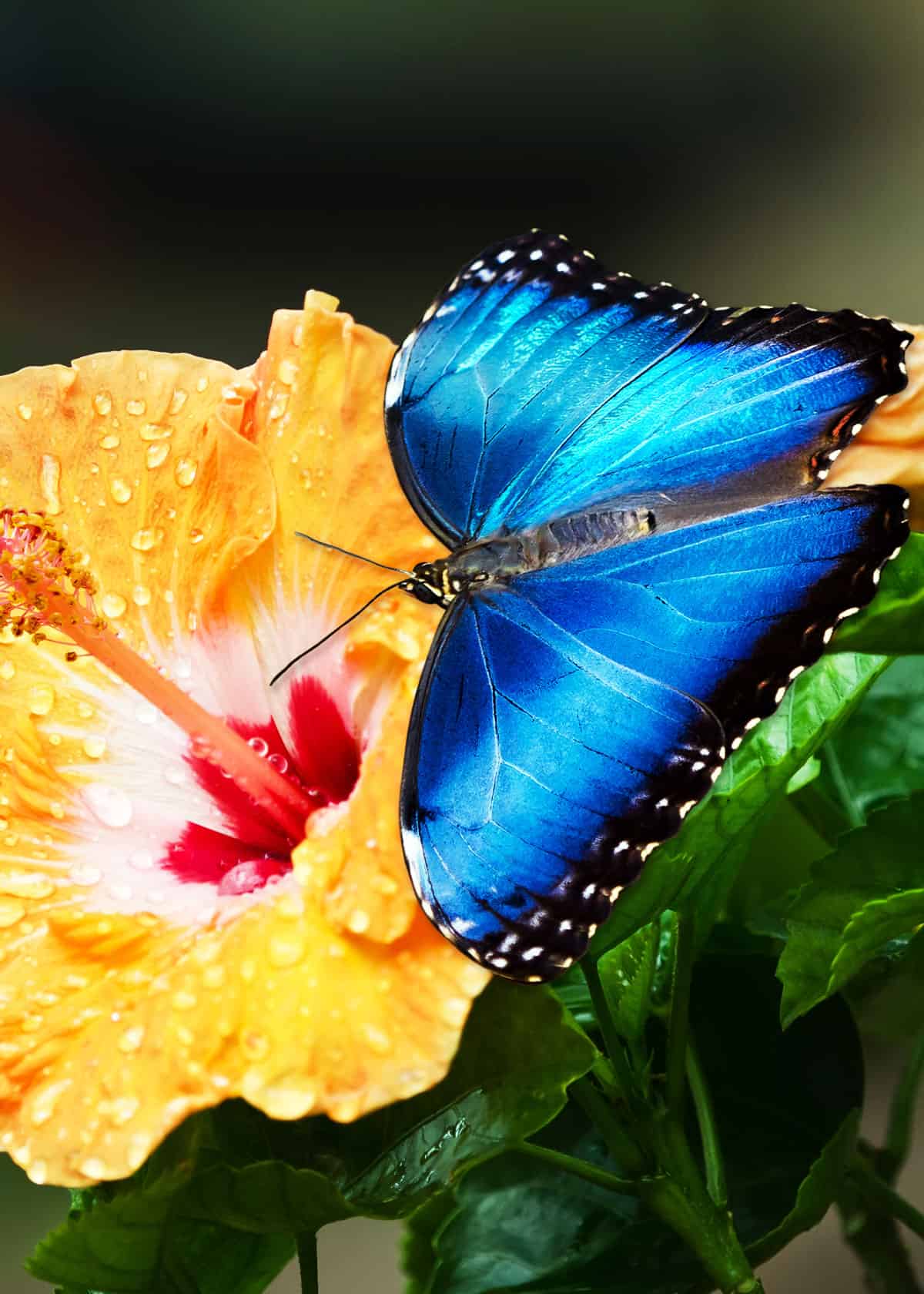
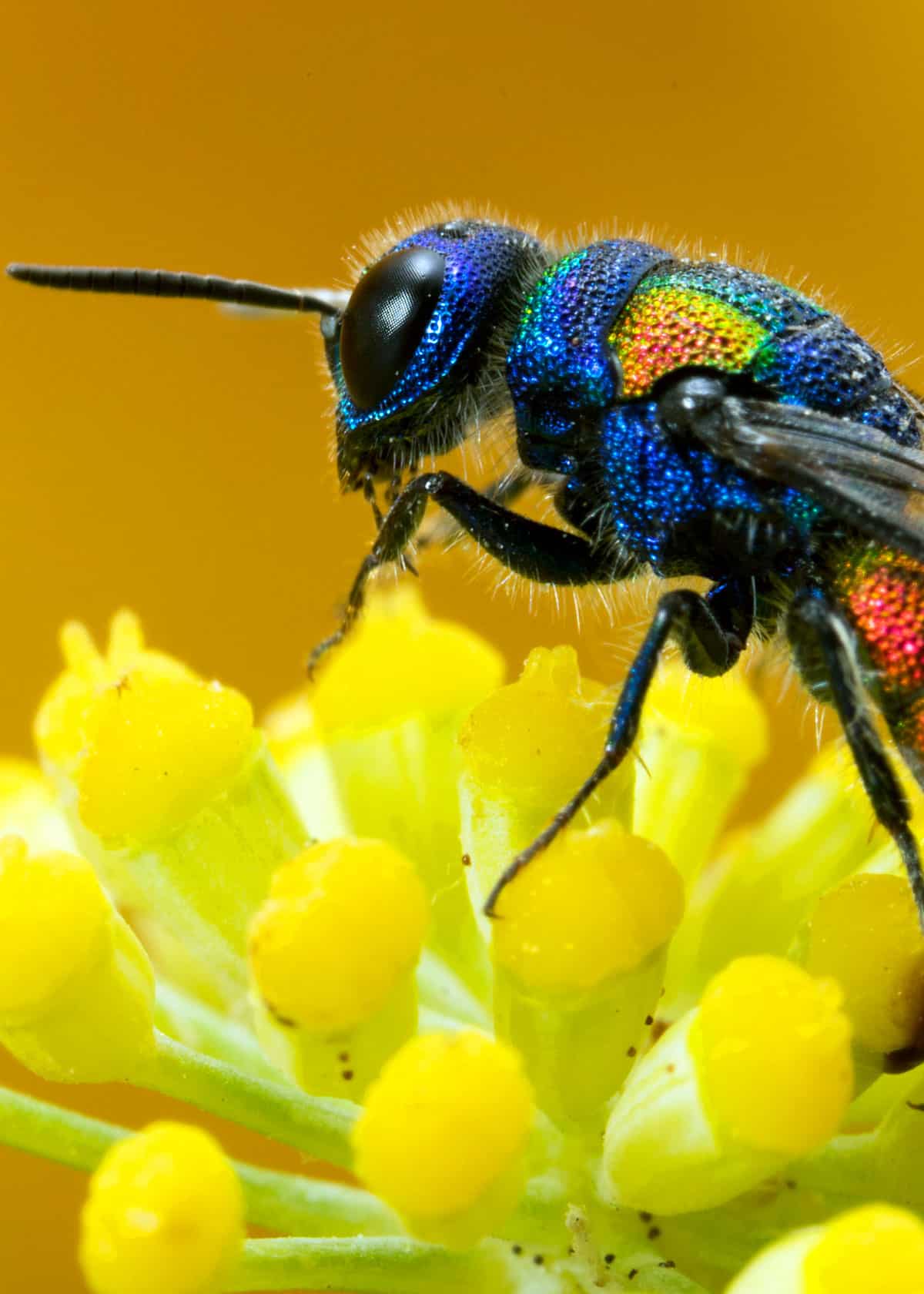

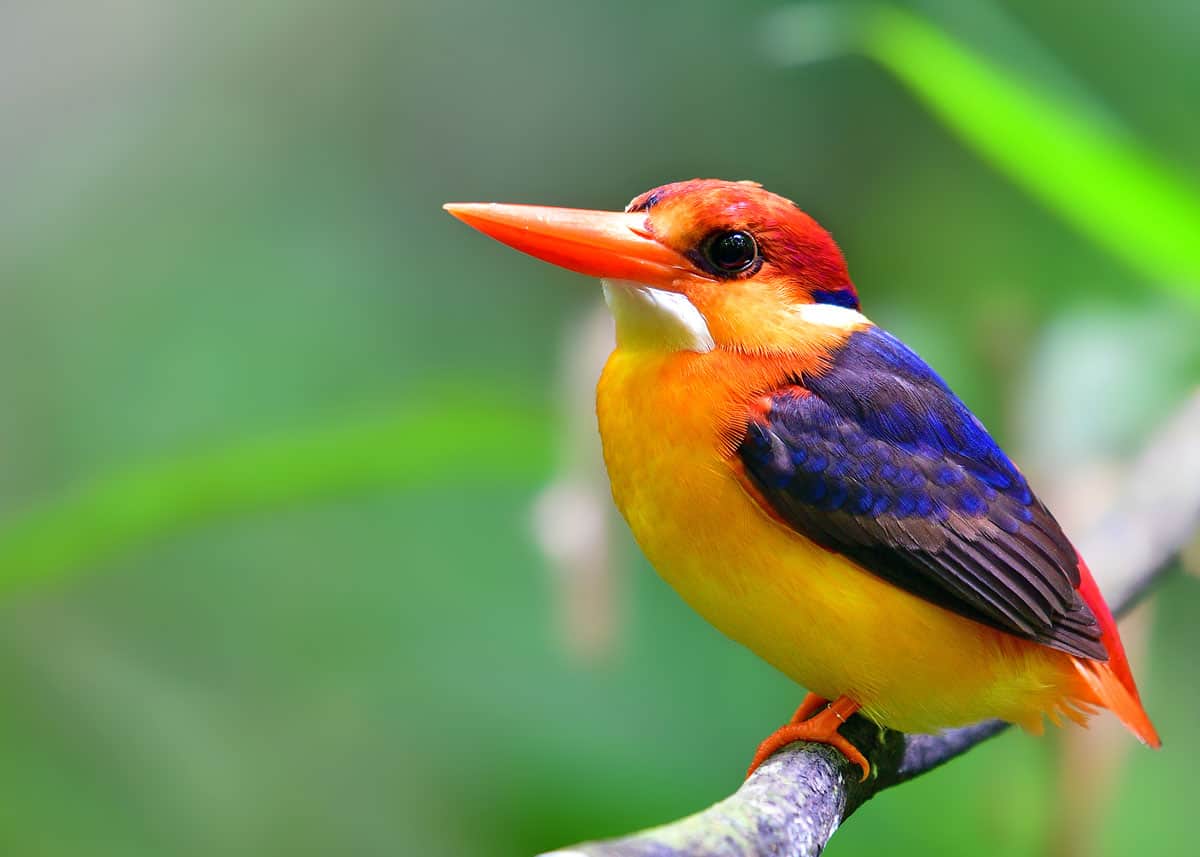
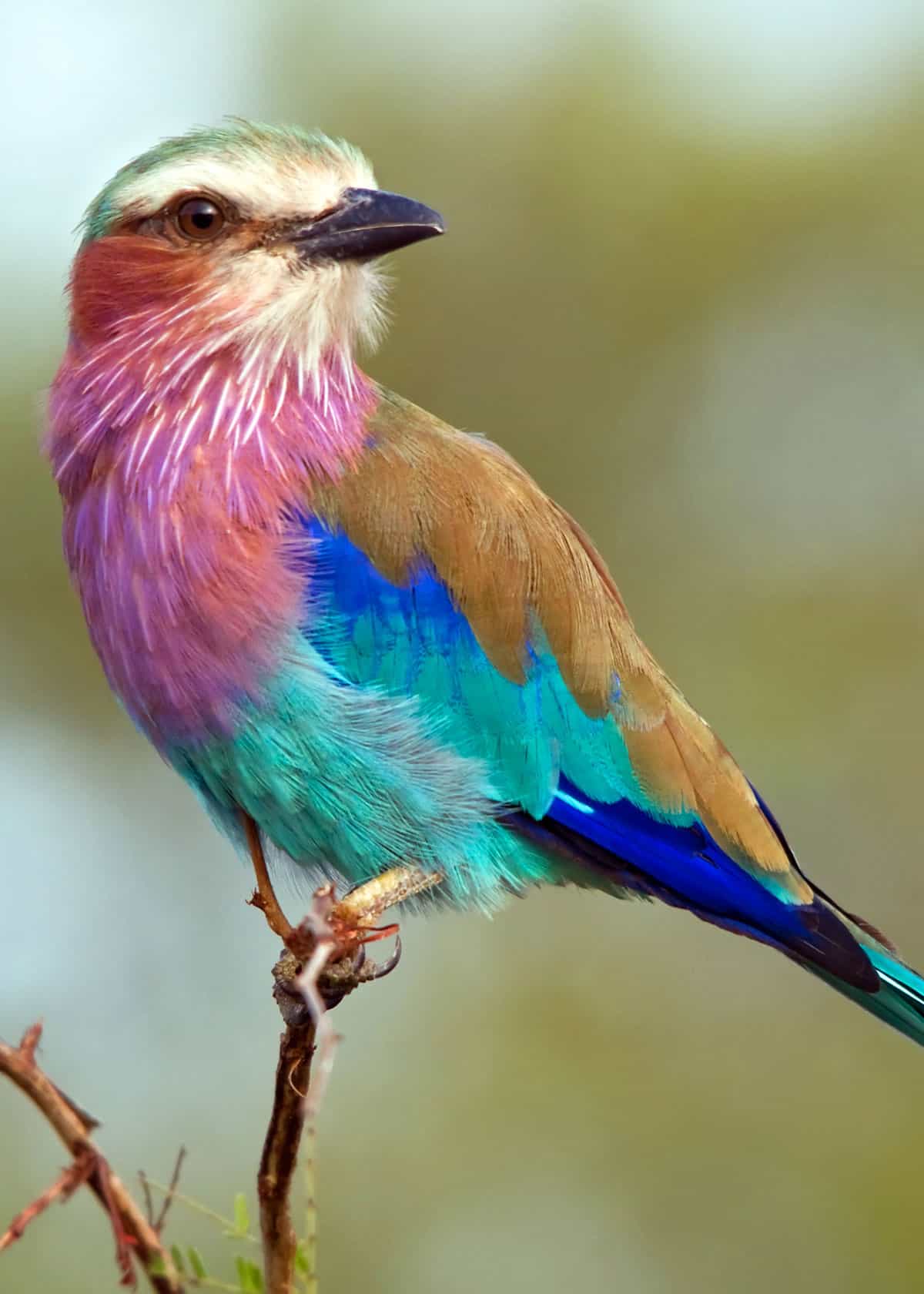

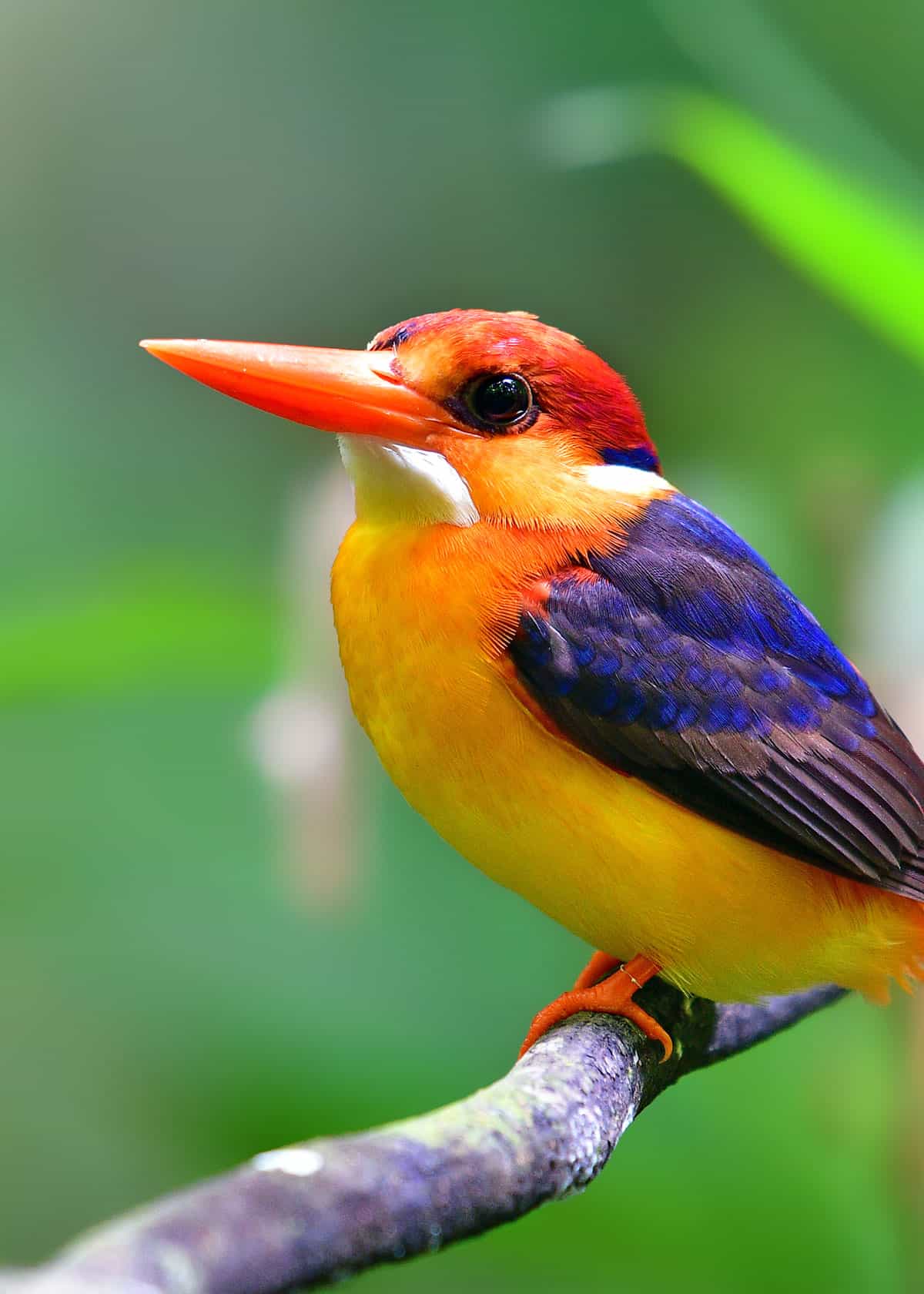
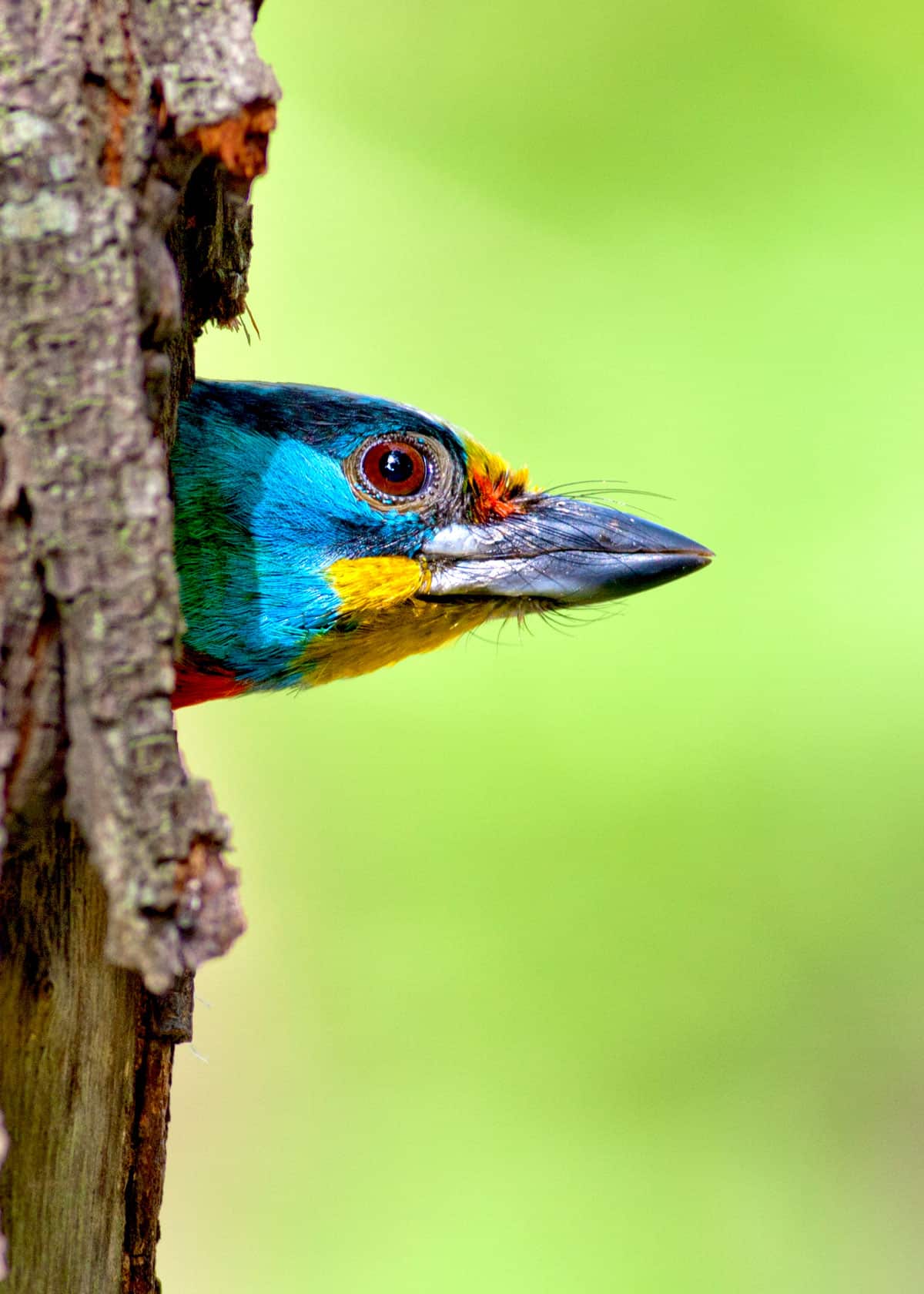
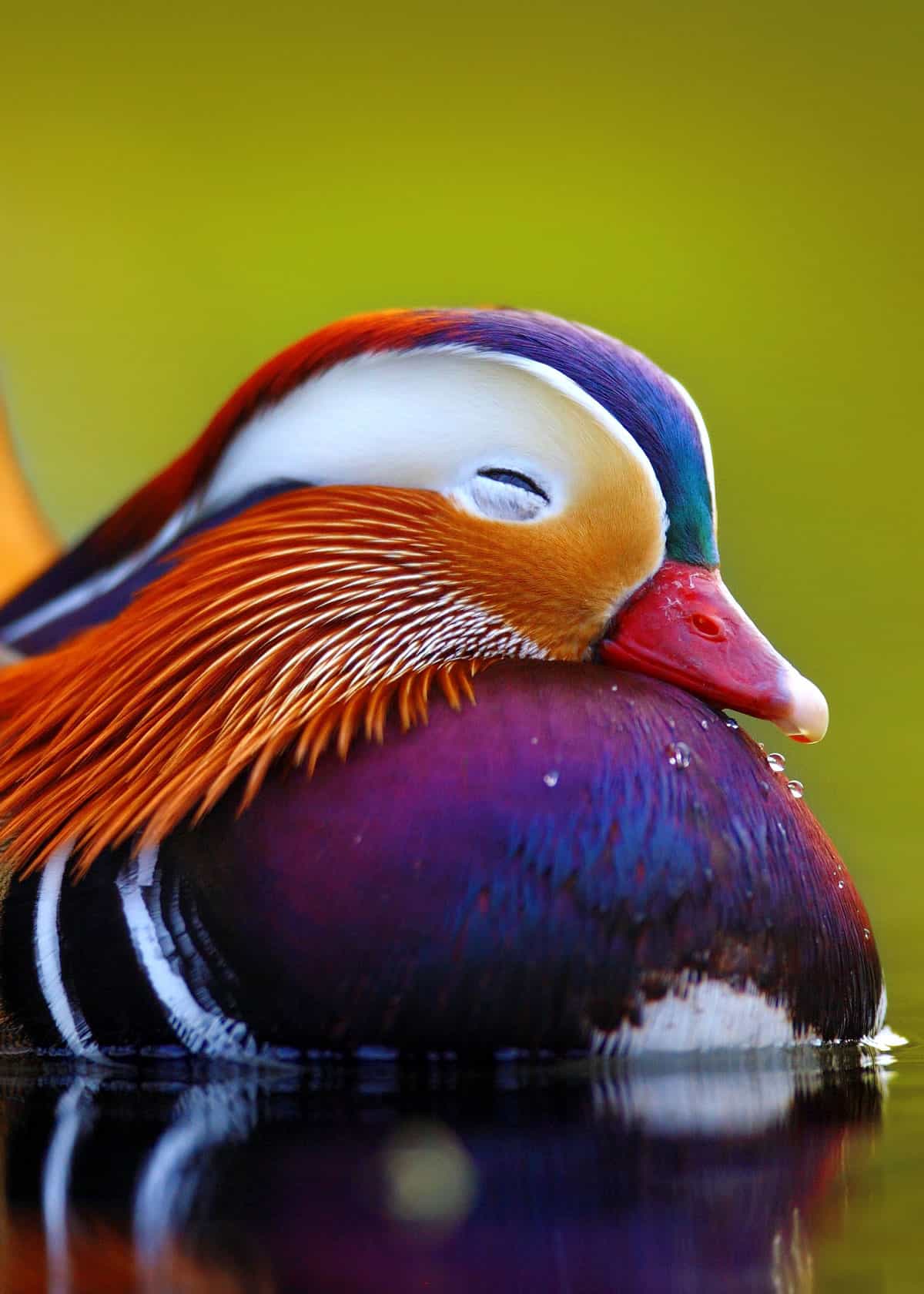
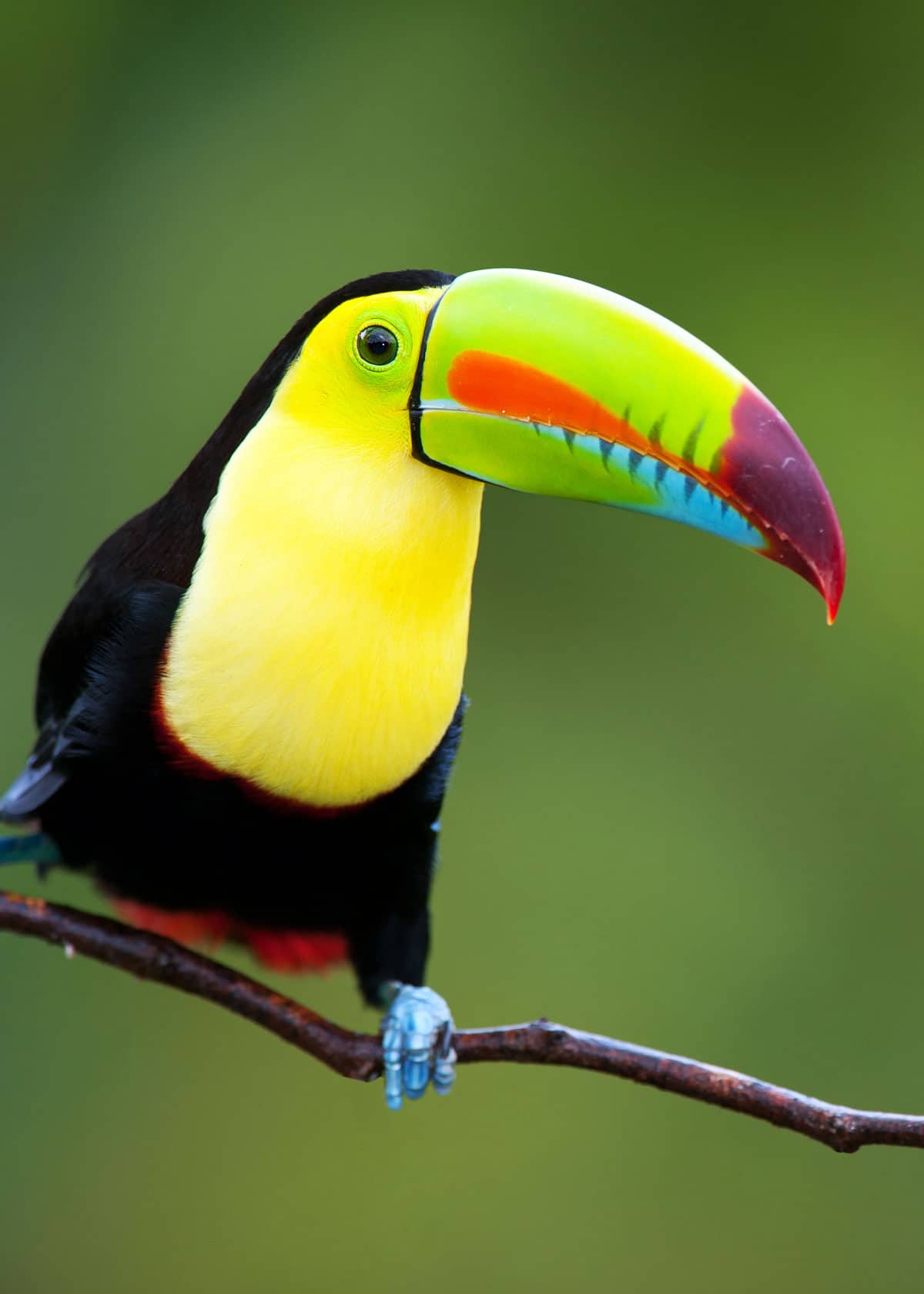

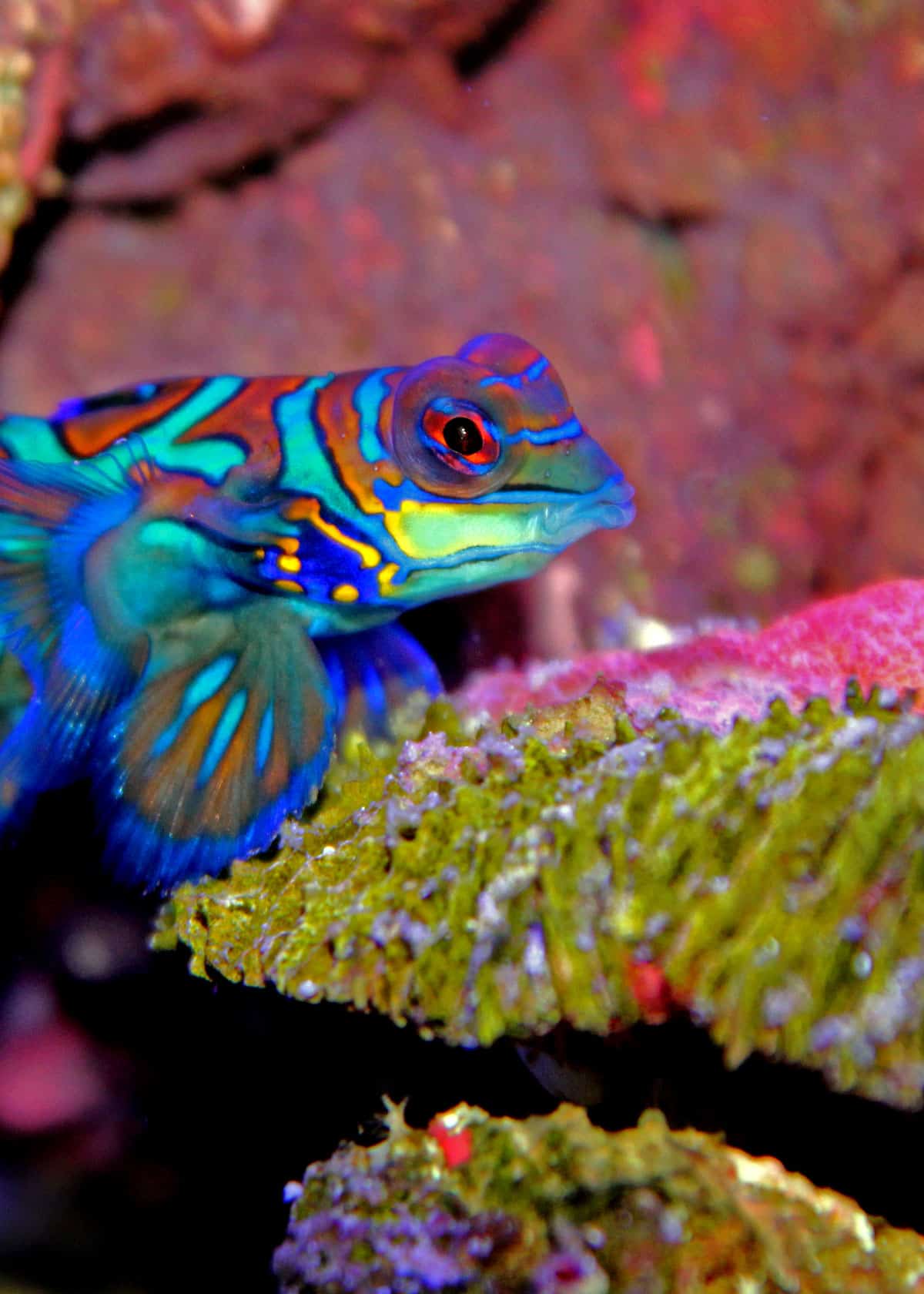


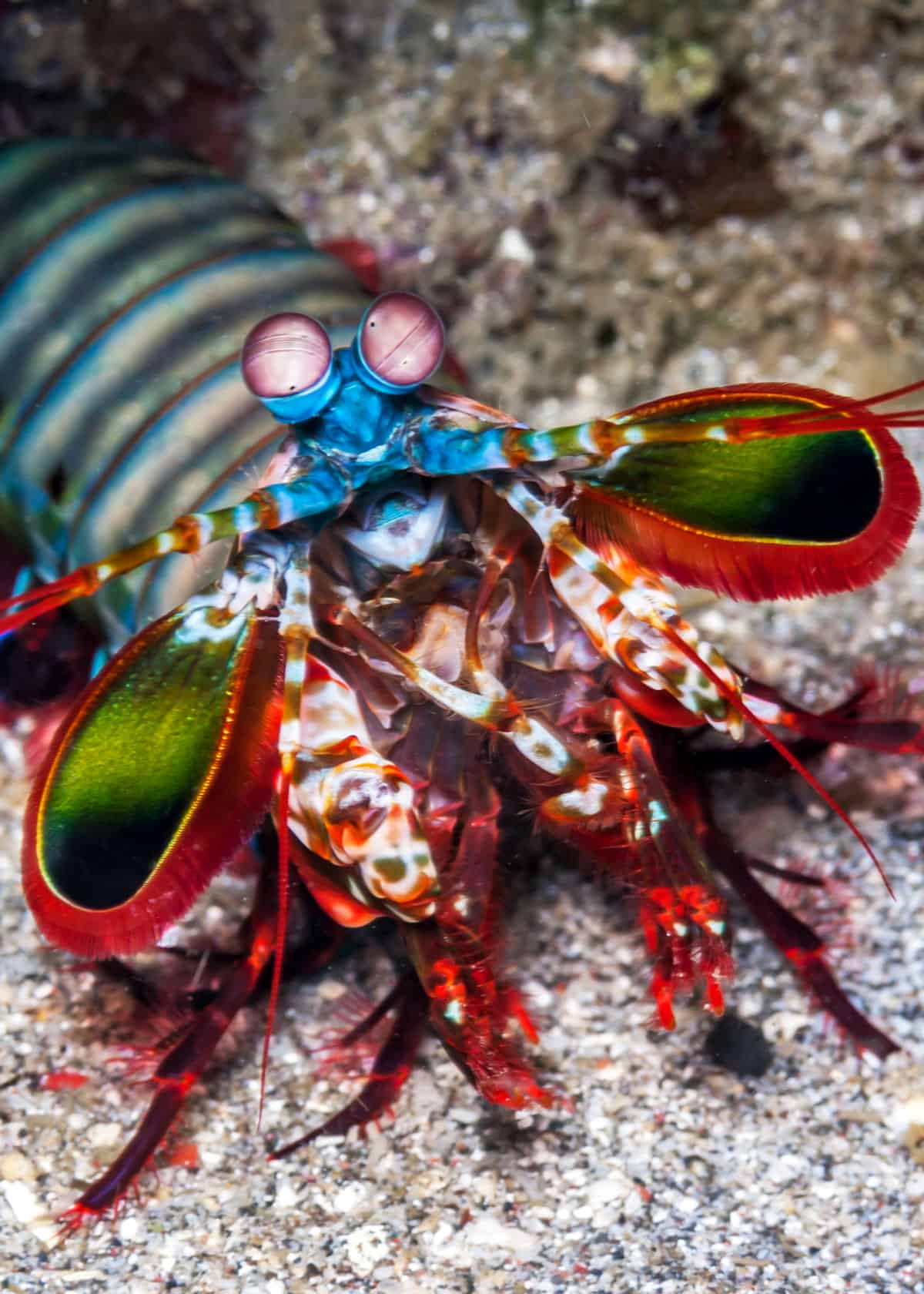

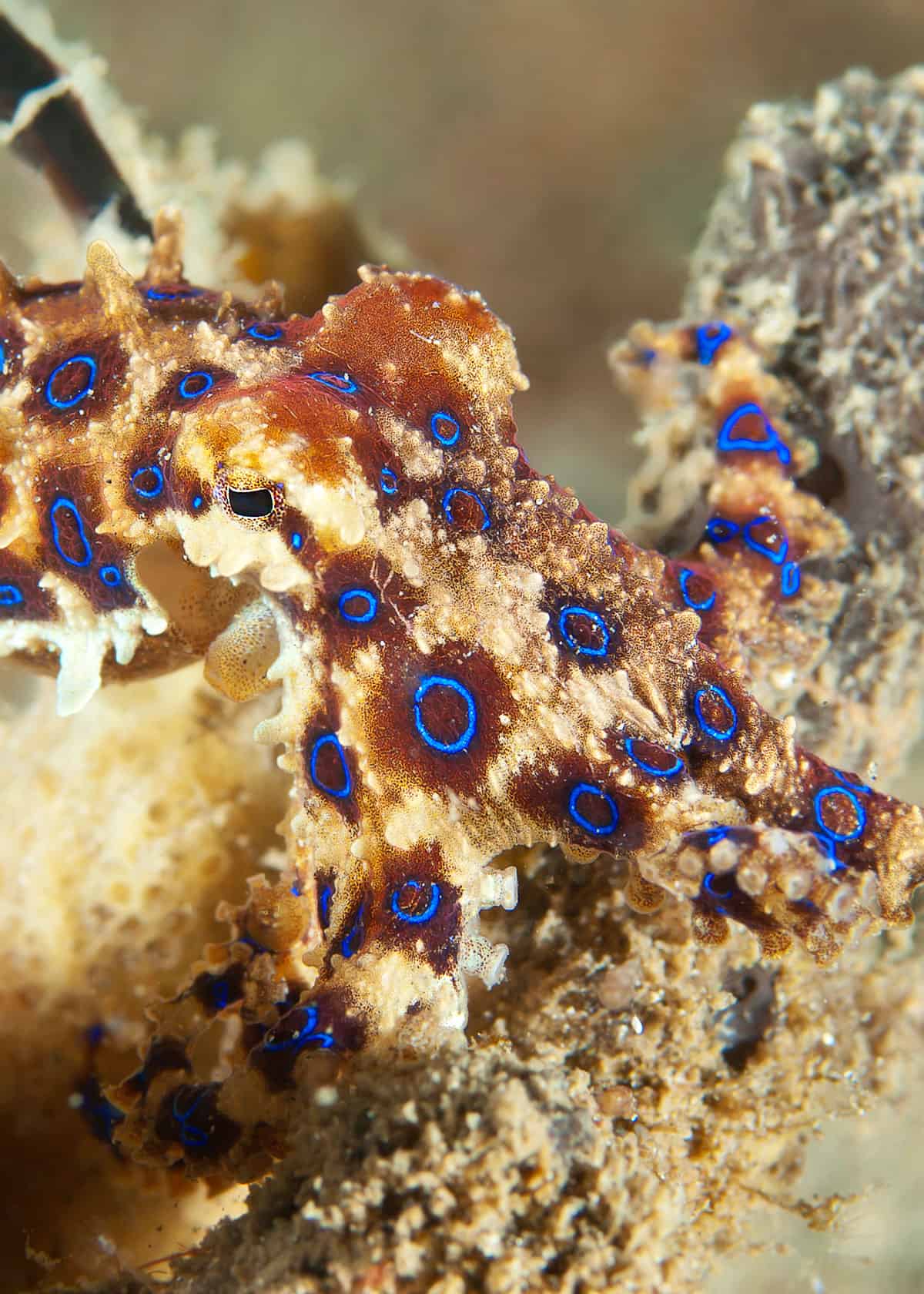

Al
Friday 29th of January 2021
I first met the peacock spider last year while reading one of my blogs, and was just amazed by them, then I saw one on the finger nail of someone, what a surprise to see just how small they are. Pretty neat.> I just found your blog and think it's very good and informative, I'll pass your site around to my friends so they can show their kids and grand-kids, I know your having all kinds of fun, keep it up, you have found your vocation, good luck.
Denisyuk
Wednesday 16th of December 2020
it sooooooooooo cool
Stranac
Friday 11th of October 2019
Ok!